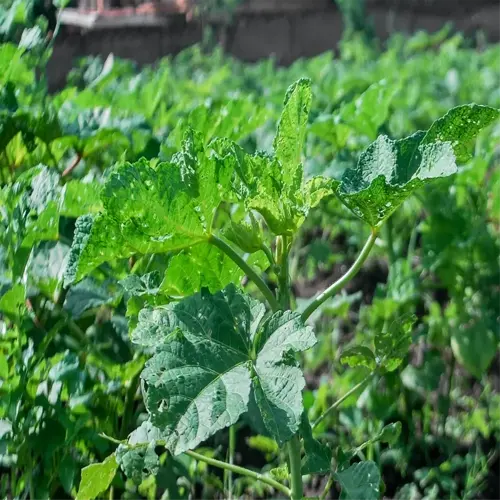How to protect papaya trees from frost damage?

Written by
Liu Xiaohui
Reviewed by
Prof. Martin Thorne, Ph.D.Papaya trees are affected tremendously with the temperature well below 32°F (0°C), but it paid off to protect my 8-foot ‘Maradol' after a surprise ice storm. We wrapped the trunks in heated frost cloths and strung incandescent holiday lights over them to increase the microclimate temperature by 10°F, which was enough to prevent catastrophic damage.
Trunk Protection
- Wrap with burlap or commercial frost cloth
- Layer incandescent lights beneath wraps
- Secure materials using UV-resistant twine
Root Zone Care
- Apply 12-inch wood chip mulch over roots
- Cover mulch with black plastic for heat retention
- Water deeply 48 hours before freeze
Container Plants
- Move pots into garages or sheds temporarily
- Use wheeled plant caddies for heavy containers
- Supplement with LED grow lights indoors
You can create your own microclimates by using terracotta pots filled with water. When buried near papayas, the pots will absorb heat during the day and radiate it back at night. In my Arizona garden, I use 15-gallon pots, and the water in them keeps the temperature of the area around the pots about 5°F warmer than the ambient temperature during the winter nights. If you use these along with a windbreak, you should have the greatest effect.
Damage Assessment
- Check for blackened stems after thaw
- Scratch bark to test for green cambium
- Prune dead wood above nodes
Nutrient Support
- Apply balanced 10-10-10 fertilizer
- Spray kelp extract for root recovery
- Avoid nitrogen until new growth emerges
A best practice is to prevent losses in the future by selecting cold-hardy varieties such as ‘Waimanalo' or ‘Solo'. I also recommend grafting papaya onto a more cold-hardy rootstock. I have grafted trees that survived 28°F (-2°C) without injury. Keep small, young plants in portable containers to respond to unexpected cold weather.
Read the full article: How to Grow Papaya: 8 Essential Steps for Success

